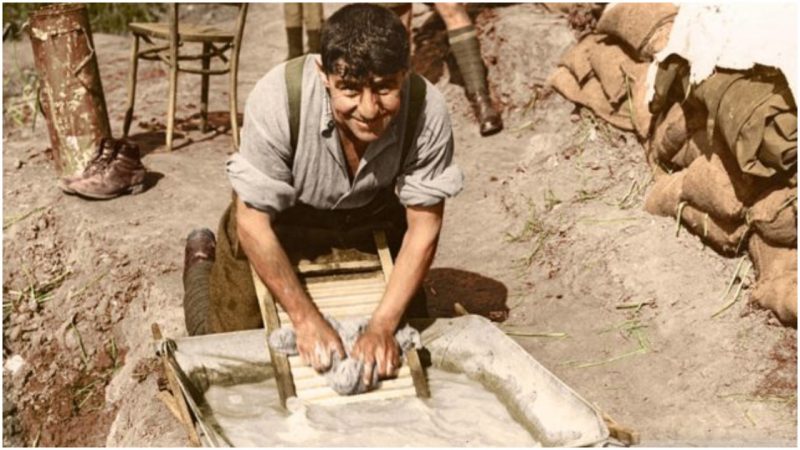In order to commemorate the centenary of the Battle of Passchendaele, one of the bloodiest battles of World War I, professional photo colorizer has Tom Marshall restored some remarkable images that reveal the living and fighting conditions of British and Commonwealth troops from Canada, Australia, and New Zealand.
This is not the first series of historic photographs restored by Marshall, nor will it be the last. About a year ago, he colorized a handful of photos from another infamous World War I encounter, the Battle of the Somme, and last September, The Vintage News asked him to colorize a selection of portraits of immigrants who had arrived in the United States through Ellis Island during the early years of the 20th century.
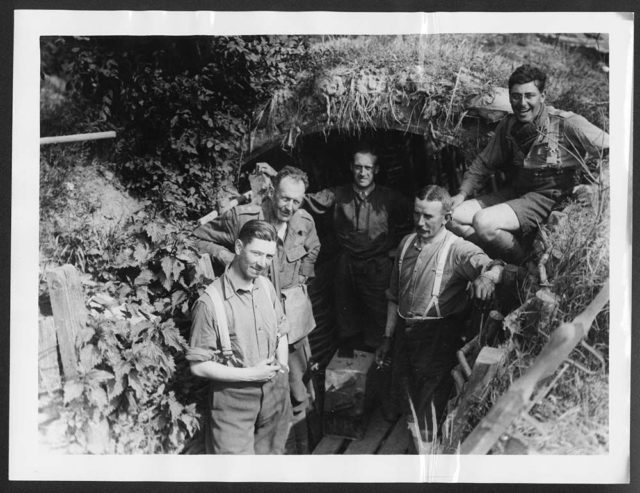
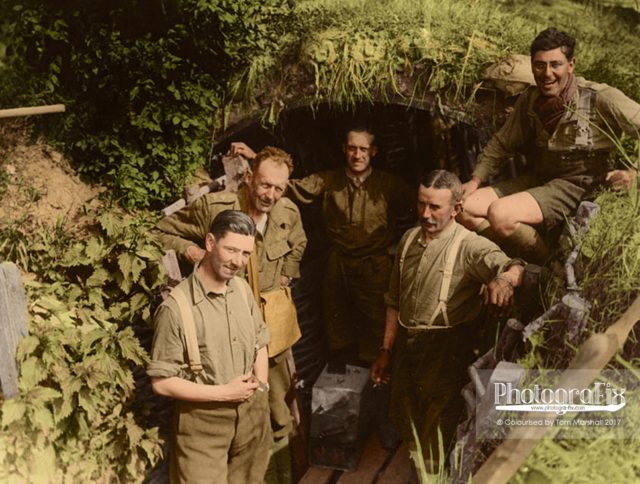
Marshall’s most recent selection of colorized photos from the Battle of Passchendaele show soldiers resting, laughing, playing cards, talking to local farm workers, washing clothes. “I decided to colorize these images as a tribute to the men pictured because I believe that color adds another dimension to historic images, and helps modern eyes to connect with the subjects, more than with a black and white photo,” explains Marshall on his website.
Marshall thinks that people, and especially younger generations, ignore black and white images, but he hopes that his work will help change that, fostering more interest in learning about the subjects and what the men went through during the Great War.
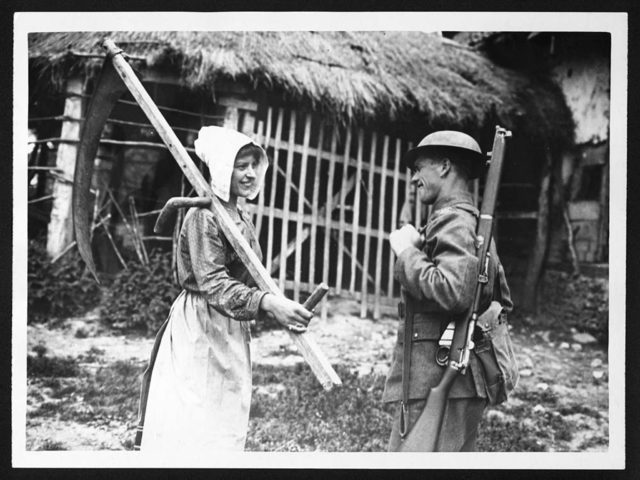
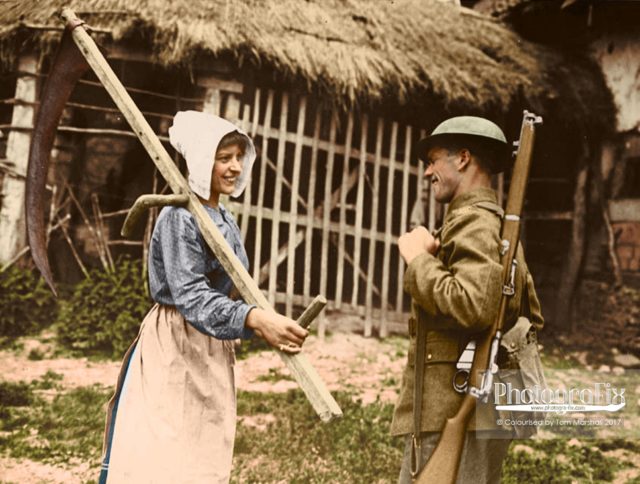
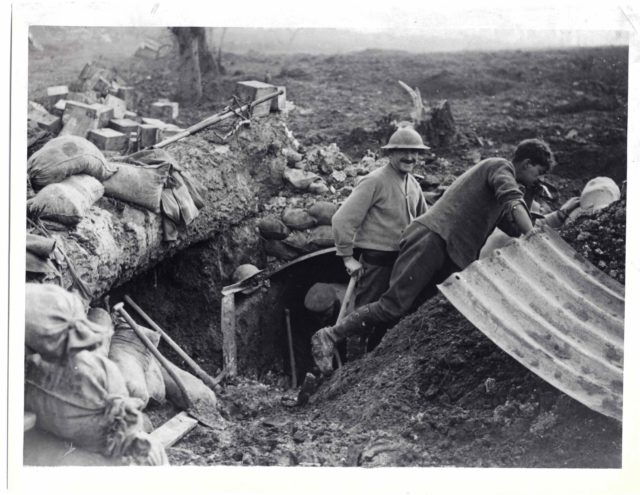
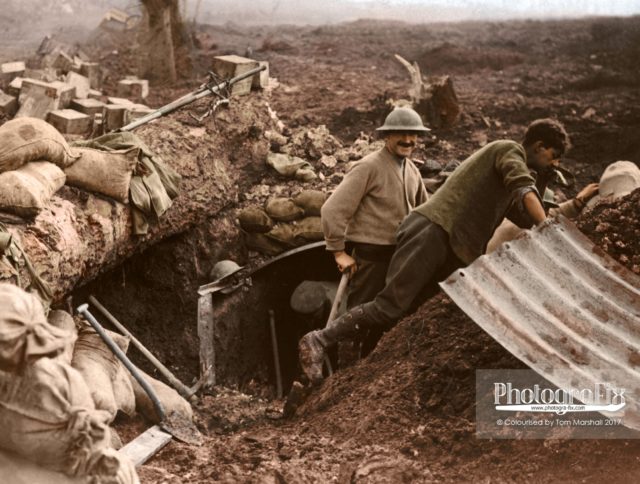
They surely went through a great deal, but there was nothing familiar about the Battle of Passchendaele, which has been described as a vivid symbol of the mud, madness, and senseless slaughter of the First World War.
The scale of casualties in Passchendaele is what makes this battle so infamous, but the fighting conditions and the incredible challenges soldiers had to face is beyond the imagination.
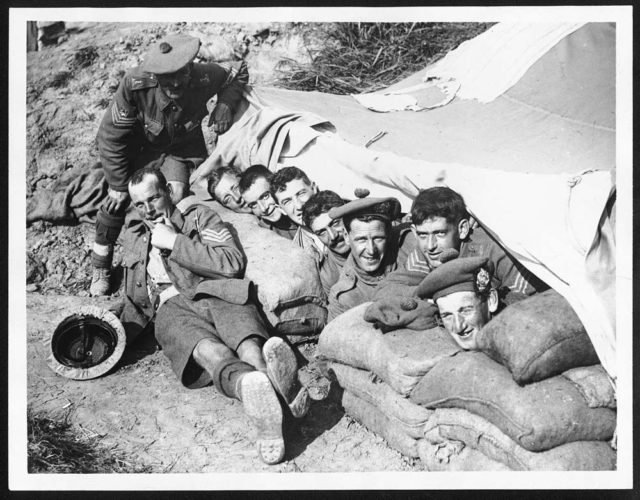
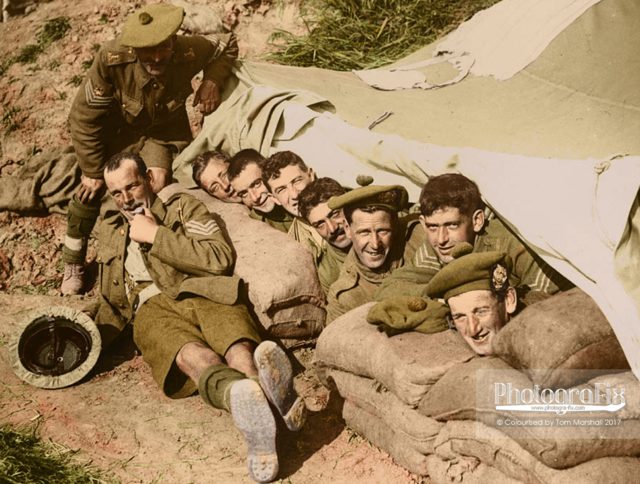
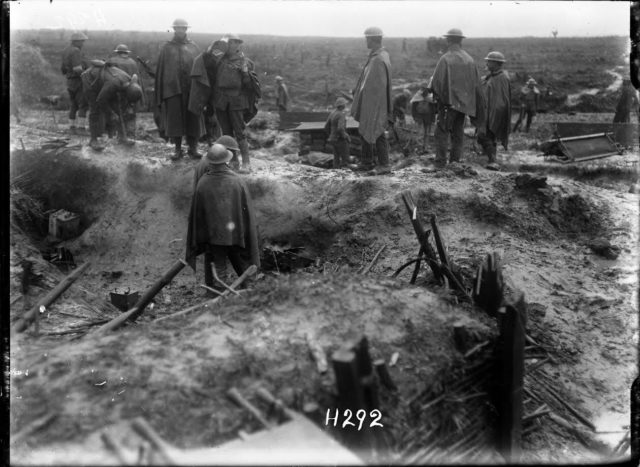
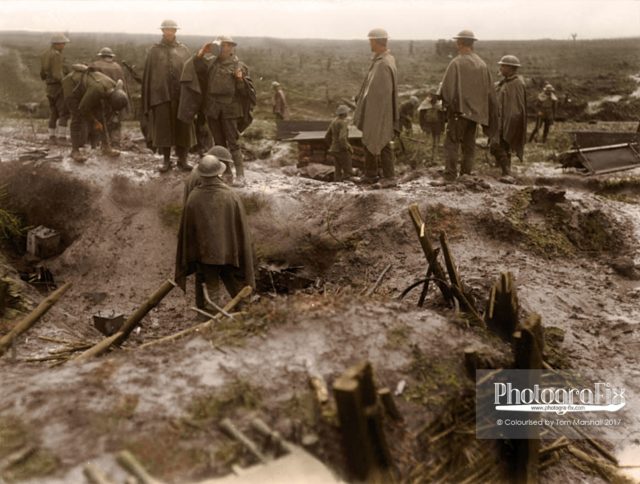
Tom Marshall
British and Commonwealth troops spent over three months on the muddy battlefield of Passchendaele and heroically managed to overcome almost intolerable levels of hardship before they eventually won an impressive victory in November 1917.
The road to victory was not an easy one and it cost an incredible number of human lives. Records vary, but most agree that during the three months of fighting there were around 325,000 Allied and over 260,000 German casualties.
The village of Passchendaele is located in the Ypres area of Belgium, where several more battles were fought during the war. Officially known as the Third Battle of Ypres, Passchendaele, along with the Battle of the Somme, have come to represent the horrors of World War I.
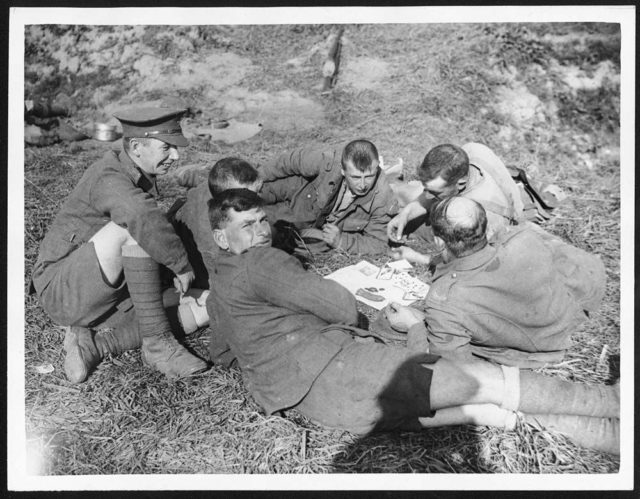
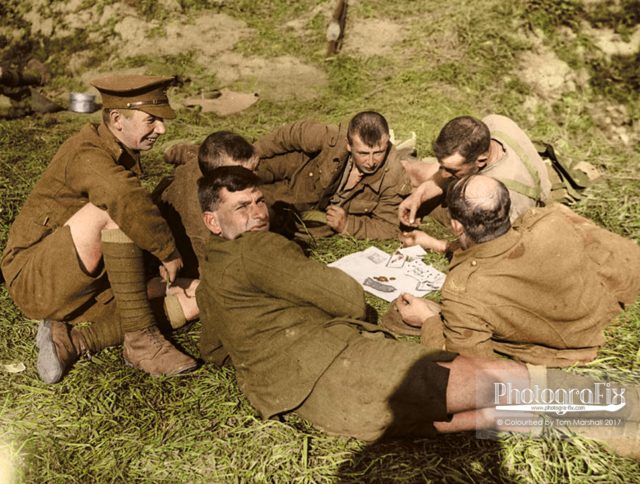
It all started on the morning of July 31, 1917, when the Allies launched the attack. Little did they know that the Germans were not their only enemy at Passchendaele; they were also forced to struggle through stinking mud while being under constant heavy fire from the enemy.
The attack at Passchendaele was Douglas Haig’s decision, the commander of the British armies in Europe. The main goals were to take the pressure off the French forces to the south, to seize strategic German railways, and to destroy the German submarine bases along the coast.
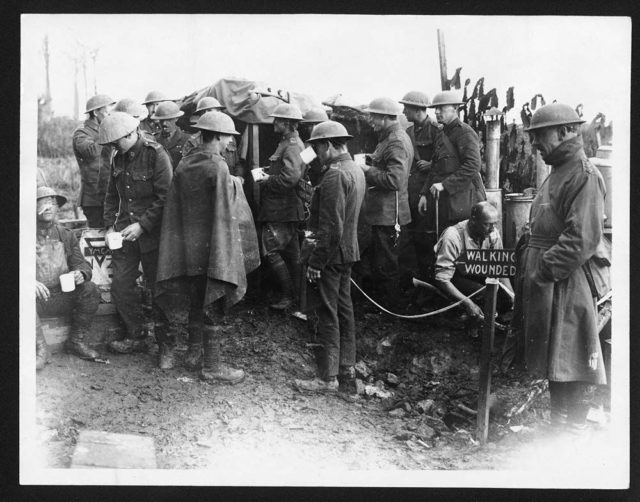
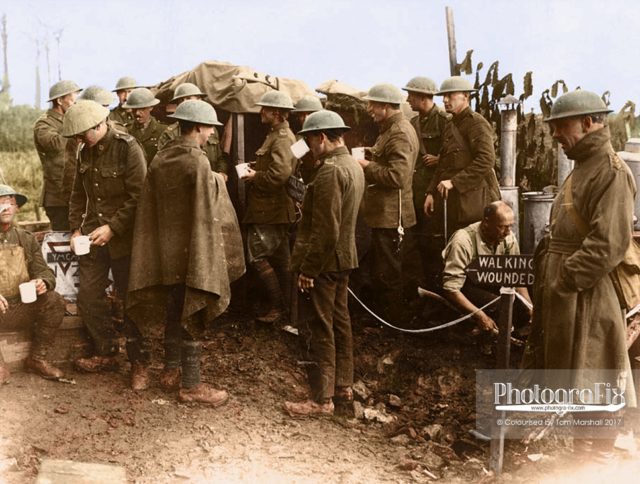
Check out Marshall’s website or Facebook page to see more of his work.
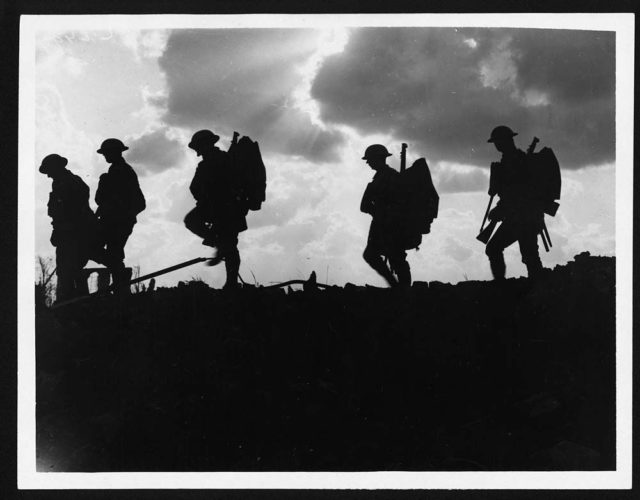
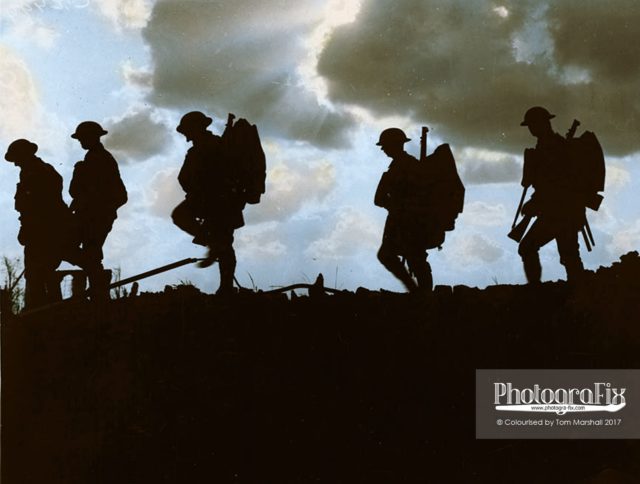
The Allies opened the attack with a pounding artillery barrage, but heavy rains filled the shell holes with filthy water, creating some serious problems. It’s been more than 30 years since the Ypres area suffered heavier rain than the summer of 1917, and many soldiers lost their lives by drowning in the swamp. However, this wasn’t their biggest problem because many soldiers were under constant threat by the German machine gunners.
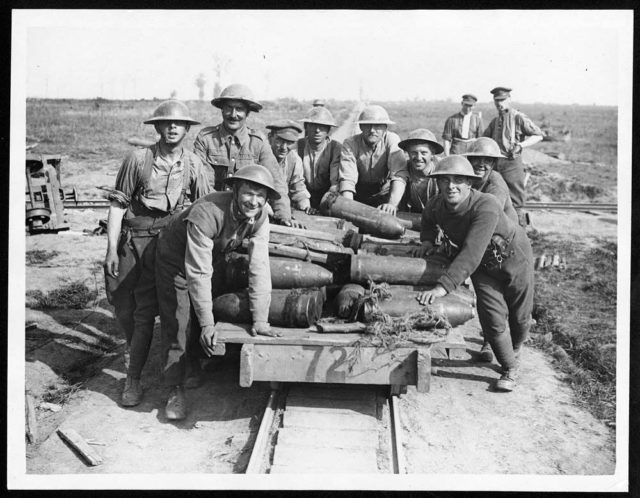
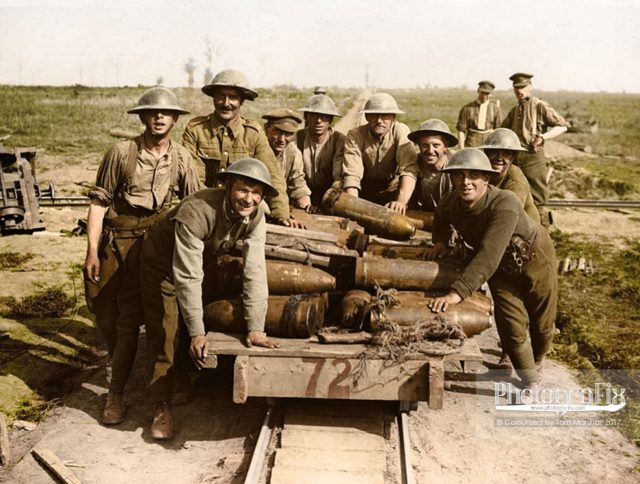
Despite the fighting conditions and the lack of success at the beginning, the Allied forces continued their offensive. However, attacks failed to make much progress, and by September the authorities in London advised Haig to halt the offensive, but he refused.
Australian and New Zealand divisions joined the effort in September, but it wasn’t until Haig asked Canadian Forces for help that they managed to capture what remained of Passchendaele and claimed victory.
